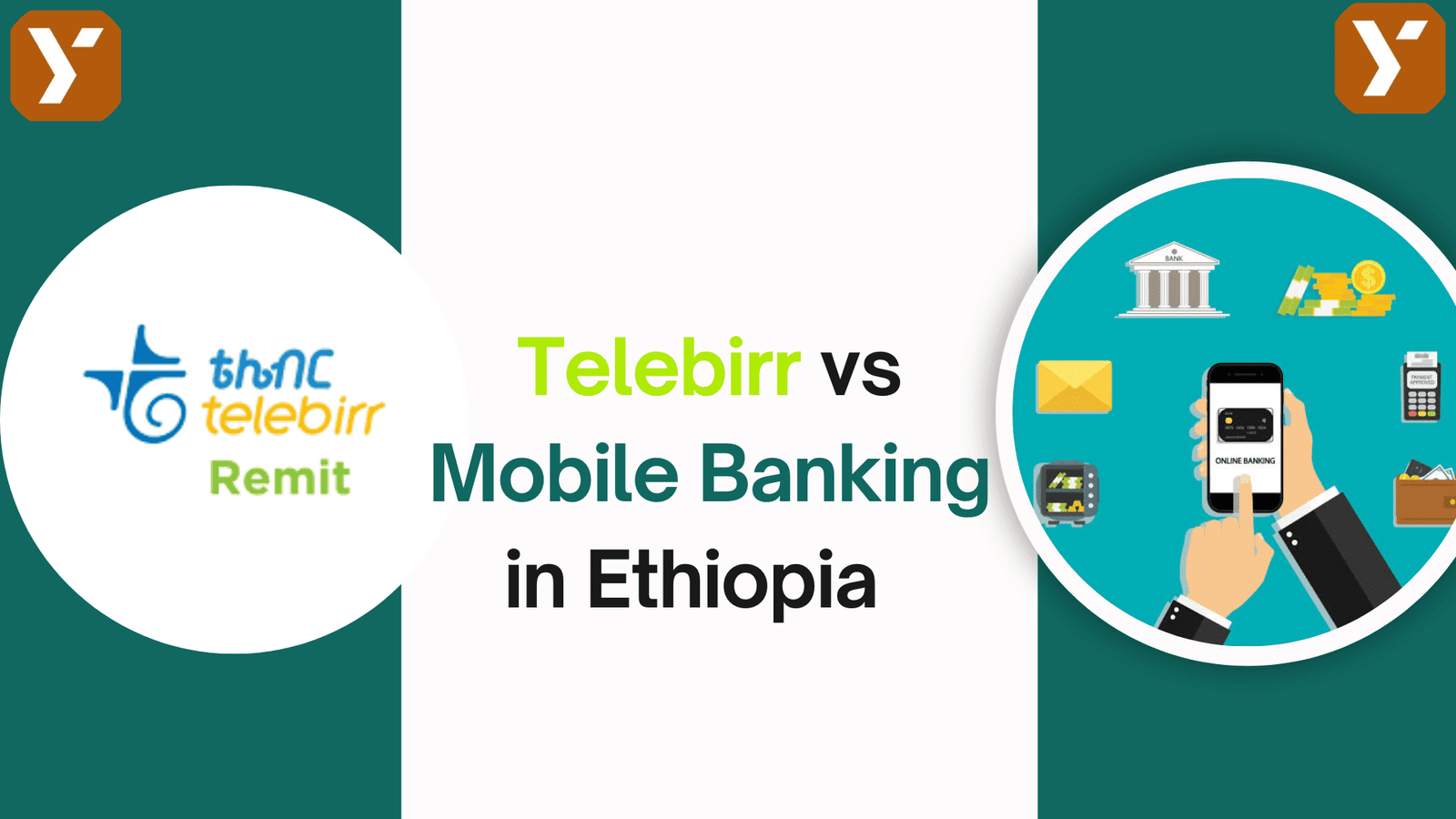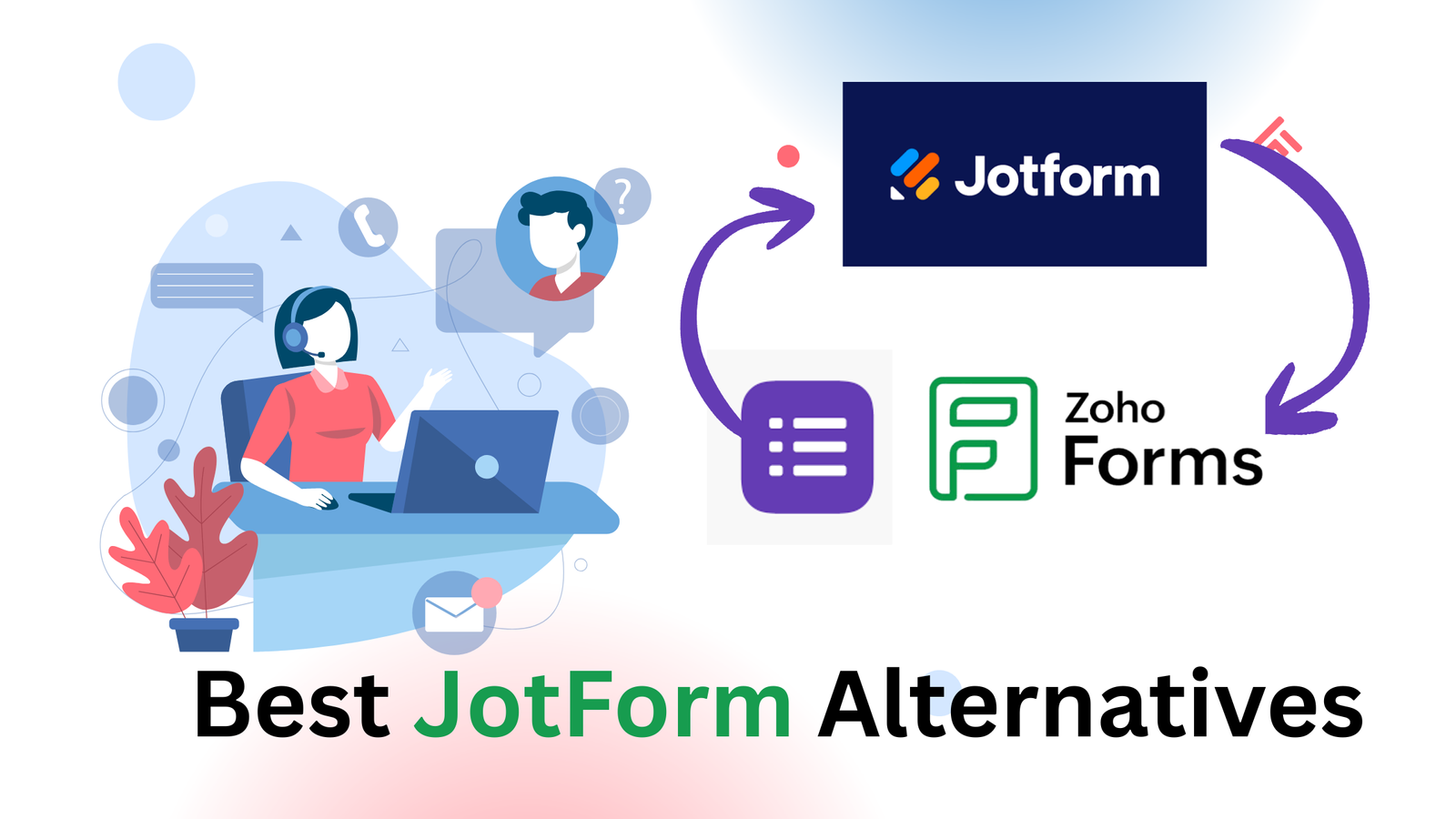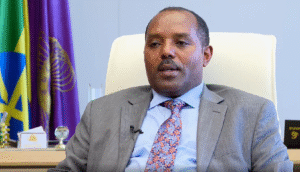Digital finance is rapidly reshaping the way Ethiopians manage, send, and receive money. With mobile technology becoming more accessible, two major platforms are dominating the local digital payment space: Telebirr, the mobile money service launched by Ethio Telecom, and mobile banking apps provided by Ethiopia’s commercial banks like CBE, Awash, and Dashen.
While both services offer convenient ways to make payments, transfer money, and access financial services, they are built on different infrastructures and cater to different user needs. In a country where smartphone penetration is still growing, internet connectivity is inconsistent, and income levels vary greatly, choosing the right digital finance tool is not just a matter of preference—it’s a matter of practicality.
This article provides a comprehensive, side-by-side comparison of Telebirr and mobile banking in Ethiopia, considering critical factors such as service charges, internet and device requirements, and suitability for local living standards. Whether you are a long-time mobile banking user or a newcomer to digital finance through Telebirr, this guide will help you make an informed decision for your daily transactions.
Detailed Comparison: Telebirr vs Mobile Banking
1. Service Charges
Service fees play a significant role in user preference, especially for lower-income individuals making frequent or small-value transactions.
Telebirr offers a more flexible and affordable fee structure. Transfers below 50 birr are free (limited to two per day per recipient), and even higher amounts incur minimal fees—starting from just 1 birr and maxing out around 23 birr for the highest transaction tiers. Deposits, airtime purchases, and bill payments are generally free, and Telebirr agents do not charge extra for balance top-ups or cash withdrawals.
In contrast, mobile banking apps typically include monthly account maintenance fees (around 5 birr), and transaction charges can range from 5 to 15 birr depending on the amount and recipient. Notably, sending money to services like Telebirr from certain banks can result in double charges, with users paying more than the value they intend to transfer. For example, sending 5 birr to a Telebirr wallet might cost 10 birr due to bank-imposed surcharges.
From a cost-efficiency standpoint, Telebirr is more affordable for everyday users, especially for microtransactions, while mobile banking may be more suitable for high-value transfers or internal transfers within the same bank.
2. Internet Requirements
Ethiopia’s internet infrastructure is improving, but access remains unreliable or expensive in many areas, particularly in rural and low-income communities.
Telebirr stands out with its offline USSD service (*127#), which enables users to send and receive money, check balances, and make payments without needing an internet connection. This feature allows users with basic feature phones to fully utilize the service, making Telebirr inclusive and accessible across different regions and demographics.
On the other hand, mobile banking heavily depends on internet access. Most banking apps require a smartphone and a stable internet connection, and while some banks offer USSD options, these services are not consistent across all banks and often have limited functionality.
For the majority of Ethiopians who still face internet access challenges, especially outside major cities, Telebirr provides a more reliable and user-friendly experience.
3. Device Compatibility
Device ownership is a major factor in digital financial inclusion. Not every Ethiopian owns a smartphone, and many still rely on basic mobile devices.
Telebirr’s dual-mode support (via app or USSD) means users don’t need a smartphone to access financial services. Whether you’re using a feature phone or a modern Android device, Telebirr remains functional and intuitive.
In contrast, mobile banking apps are primarily designed for smartphones, often with user interfaces that assume a certain level of tech fluency. Users with older or basic phones are either excluded or must rely on banks’ USSD services, which are limited in capability and differ widely from one bank to another.
This gives Telebirr a significant edge in reaching underserved populations and promoting financial inclusion across Ethiopia.
4. Accessibility and Inclusivity
Accessibility goes beyond technology—it also reflects how services are designed around real-world conditions like education level, income, and infrastructure.
Telebirr was built with inclusivity in mind. Registration doesn’t require a bank account, and its simple, multilingual interface supports users across different literacy levels. It also has an expanding agent and merchant network, making it easier to deposit or withdraw money locally, even in smaller towns and rural areas.
Mobile banking, by comparison, is more urban-focused. It requires users to already have a bank account, internet access, and a smartphone. While these services are robust in urban settings, they often fall short in rural or semi-urban regions where financial institutions and reliable internet are sparse.
Considering Ethiopia’s diverse population and uneven development, Telebirr is far more accessible to the average citizen, particularly in areas with lower banking penetration.
5. Security and Reliability
Security is crucial when handling money digitally. Both Telebirr and mobile banking platforms have invested in building secure systems, but the user experience may vary.
Telebirr uses secure PIN verification and transaction confirmation via SMS. It is protected through Ethio Telecom’s infrastructure, which boasts wide national coverage. Additionally, because it is tightly integrated into government services, Telebirr often enjoys more streamlined access for public payments and programs.
Mobile banking platforms offer encryption, multi-factor authentication, and in some cases, biometric login. However, reliability depends heavily on the quality of the mobile app, the bank’s system uptime, and the user’s internet connection. Many users report crashes, glitches, or service delays in apps like CBE Birr and Abyssinia, especially during peak times or network outages.
In terms of reliability and ease of recovery, Telebirr may offer a more consistent experience for day-to-day transactions, though mobile banking can offer deeper services for account management when systems are running smoothly.
6. Financial Features and Growth Potential
Both services have been expanding their capabilities rapidly, but their directions are different.
Telebirr has evolved beyond simple payments. It now offers microloans (Mela), savings (Sanduk), overdrafts (EndeKise), and even an ecosystem of government and private services through its new “super app.” Users can pay taxes, buy fuel, book transport, and shop online—all within the same platform.
Mobile banking services offer more traditional financial features, such as balance inquiries, fund transfers, savings, and loan applications (if eligible). Some banks, like Dashen Bank with its Amole app, are starting to introduce advanced fintech features, but overall adoption remains slower compared to Telebirr’s aggressive expansion.
For users looking for a digital-first, all-in-one financial ecosystem, Telebirr is currently ahead in innovation and service reach.
Final Thoughts
The choice between Telebirr and mobile banking ultimately depends on your specific needs, location, and financial behavior.
- If you don’t have a smartphone or bank account, or live in a rural area, Telebirr is likely the best fit—with offline access, lower fees, and growing nationwide support.
- If you already bank digitally, have a reliable smartphone, and primarily send money within the same bank, mobile banking may still serve you well, especially for more complex account services.
For many users in Ethiopia, the ideal solution is a hybrid approach—using Telebirr for everyday transactions and financial inclusion, and mobile banking for more advanced financial operations.
Whatever you choose, make sure it aligns with your daily lifestyle, accessibility, and cost-efficiency. As digital finance continues to evolve in Ethiopia, staying informed ensures you make the smartest financial choices.











